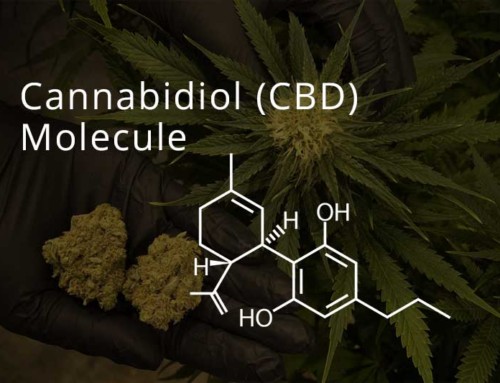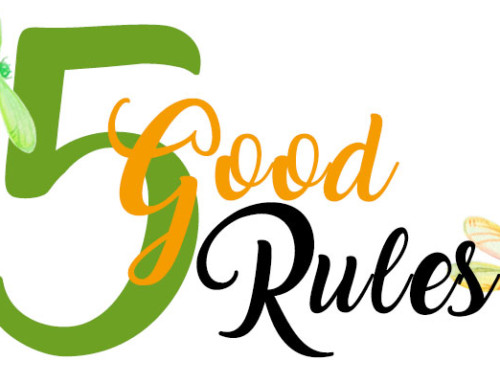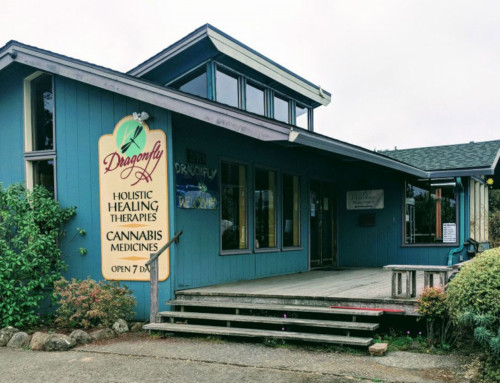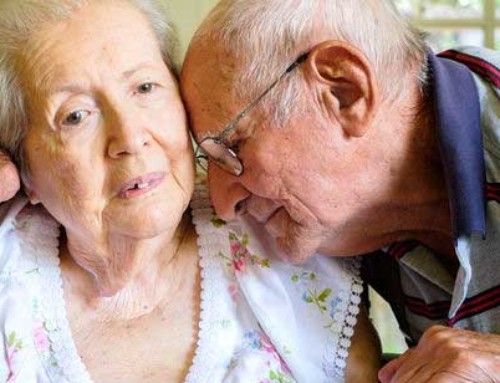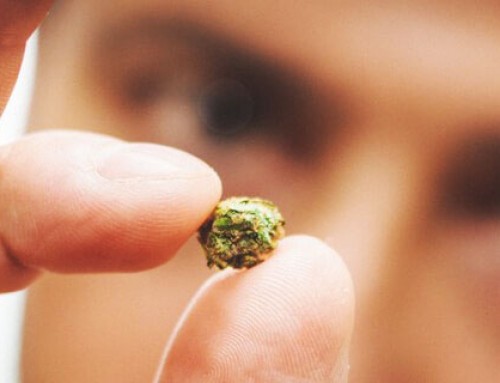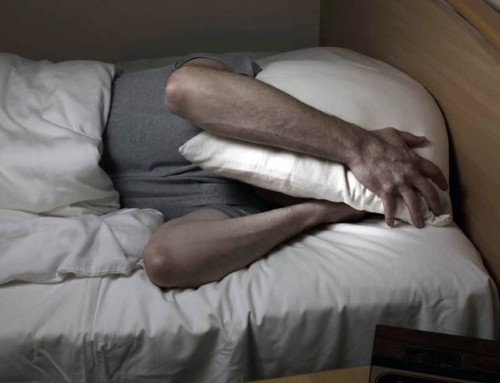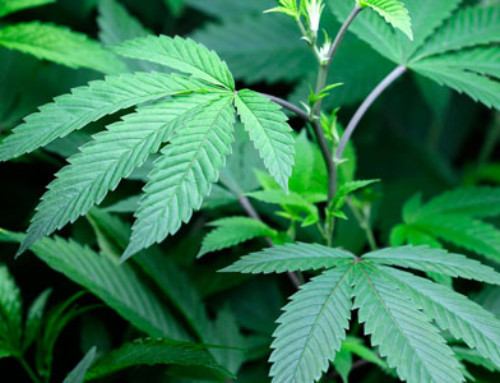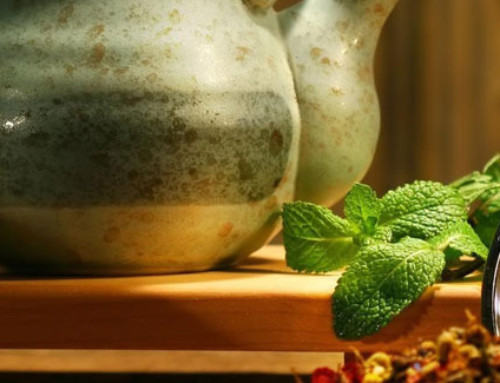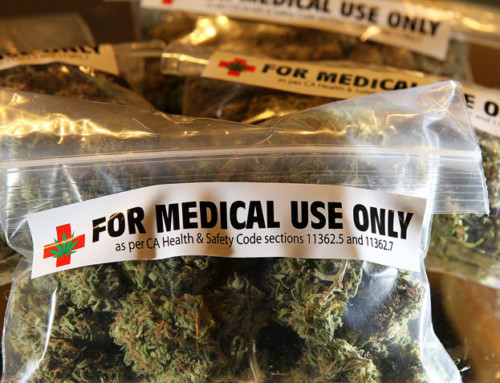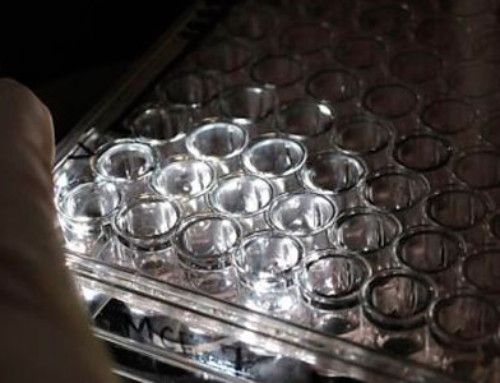Dosing Your Medicine: Simple — Yet Sticky
Part 1 | Some Basic Guidelines
“Well, doctor, let’s look at the prescription you’ve given me.” The patient speaking is a 35-year public health nurse. Barb has just completed painful wrist surgery and informed her surgeon that she would be using cannabis for post-surgery pain. He is concerned that they won’t be able to control her dose. “So let’s look at what you’ve prescribed for me.” She continues making her point. “You’ve given me 45 Norco. That’s pretty strong medicine. And how does it read on the bottle?” He looks at her, puzzled. “It reads ‘take 1 to 2 pills every 3 to 4 hours.’
“Who is in charge of the dose? Let’s say the patient takes one and it isn’t even affecting them. Maybe they take another, and later another half. And then maybe at night they take 2 because they really want to sleep. But then they’re so constipated and so dehydrated and they’re equilibrium is affected and they’re falling off the toilet at 2 in the morning because they’re so dehydrated that they pass out – maybe they’ve overdosed. So who’s in charge of the dose? The patient is in charge of the dose.”[1]
With herbal medicine, more than any other health care treatment, the patient needs to be in charge of her dose. The rule of dosing all herbal medicine, cannabis included, is that it is individuated. One person’s dose may not work for the next person, even if they are both treating the same condition.

Cannabis has over 100 known phytocannabinoids (chemical compounds), over 90% of which have no “get high” properties at all! For over 5,000 years this gentle herb has, along with its many cousins in the plant world, treated and healed human illness and “dis-ease.” Only recently in human history, thanks to scientific technologies, we’ve been able to identify, study, and understand these plant cannabinoids and how our bodies use them. We’ll talk more about these exciting scientific discoveries another time. Right now, let’s get practical. How do you figure out what dose of cannabis medicine is right for you?
Five key factors influence your choice and your dose of cannabis medicines. Here is a brief overview of these factors:
1 | What is the strain of the raw materials used to make this medicine?
Different strains have different effects on patients. If your medicine is made from a hybrid, which of the two predominant cannabinoids of THC or CBD is dominant? What is the best ratio for your condition or “dis-ease”? Are the raw materials from whole plant cannabis? Are they organic? Does the medicine come with lab tests you can view, checking for mold, pesticides, or other undesirable ingredients? CBD and THC work best when they are both present. CBD can lower the “get high” feeling of THC.
2 | What are the ratios of cannabinoids in the medicine?
Double check what the label means when it says the ratio is 20:1. Do the manufacturers mean 20 parts CBD to 1 part THC? Or the other way around? If the label or literature says “high CBD”, what do they mean by that? Some producers call a ratio of 4:1 high CBD while others consider only ratios over 20 to 1 to be “high CBD”. If it’s high THC, does the label specify the amount of THC in a recommended single dose? Medicines may list single doses as anything from 2.5 mg to 25 mg of THC, or more. Your individual history with, and sensitivity to, THC is a determining factor in choosing how much THC to consume.
3 | By which delivery system do you consume this medicine?
Smoke the flower? Vape oils? Spray under the tongue? Eat or drink? Drop on the tongue and swish in the mouth? Apply as a topical on your skin? Insert a suppository? There are no right or wrong ways to take cannabis herbal medicine. But you may achieve greater effectiveness if you do a little homework on what method works best for you and for what YOU are treating.
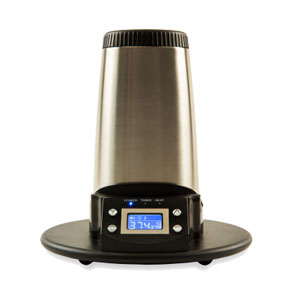


Mix it up.
If you smoke to manage pain, switch every so often to a vape oil, edible or tincture. If you like edibles, try the suckers, lozenges, and caramels that you can self-titrate easily, by cutting off one dose or part of one dose and melting it in the mouth. Cannabinoids move easily through the membrane of the mouth into your blood stream like viagra super active without losing potency from the effect of stomach acids and other chemical elements like digestive enzymes in the colon. Edible baked goods like cookies and brownies can be the perfect way to relax, treat pain, lower stress, and much more. But be aware that applying prolonged, high heat in the baking process can increase the potency of THC. Look for clear labeling that accurately tells how much a “dose” consists of and what a single dose looks like.
4 | How much should you take?
This is what we used to think of as “dosing.” But with this list of considerations, you can see that dosing herbal medicine involves more than just “how much.” Again, everyone is different. CBD is an excellent anti-inflammatory and does not get you “high”. Most concern about dosing comes with the use of THC. We learned during the 1980s in treating people with AIDS that THC is excellent for pain, sleep, and nausea – without resulting in that sluggish, opiated feeling in the head and with no damage to liver or kidneys. Today, the average “single dose” of THC is often defined as 10 mg. But can we really define an “average single dose” when so many people react so differently?
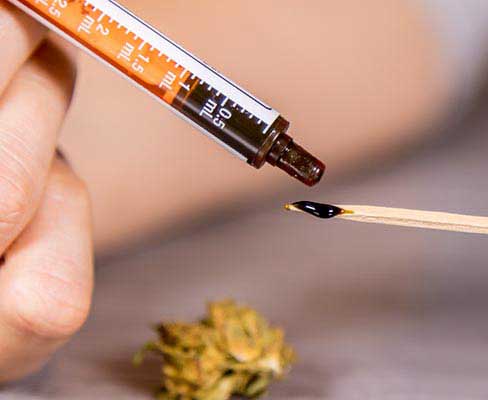
Recently, the new trend with THC is micro-dosing. Micro-dosing THC can offer some of the pain relief and relaxation benefits without producing paranoia, anxiety, or lethargy. How do you do it? Find those delivery systems that are easy to self-titrate, like suckers or lozenges that you can suck on and then put back in a zip lock bag. Or use scored candies that provide a small, clearly defined and precise dose of THC in one piece. Or for example, when using concentrated THC oil, take a small dot of oil on the end of a toothpick. Let it melt in the mouth and wait for results. If you smoke, try just taking a hit and then setting your pen or pipe aside and letting it take effect.
Here’s what you are looking for: Does it make you feel a bit sleepy while it relieves or lessens your pain? That’s your goal. If it gets you “high” then the dose is probably too big. If it doesn’t relieve the pain at all, the dose is too small. Pay close attention to how you feel. Today’s guiding mantra with THC is Go Low and Go Slow!
5 | The Wild Card! YOU.
The last criteria for determining your dose comes back to the first point we made. We are all individuals, not cookie-cutters of each other. In finding the right dose, we start with the experience of other patients using cannabis medicines, scientific peer-reviewed research, and information from health care providers and counselors. Finding your dose is both an art and a science. But most important is being in close touch with how you feel. And remember, our bodies do build up a tolerance to all medicines if we take the exact same thing over and over. Mix it up! You are in charge of your dose. Cannabis is empowered medicine!
In Part 2 of “Dosing Your Medicine” we’ll look at some specific dosing regimens that have worked for patients treating everything from muscle pain and insomnia, to autoimmune diseases and cancer.
In future articles, we’ll talk more about different delivery systems as well as specific cannabinoids, especially CBDs, the biphasic effect, and how these compounds work together to offer effective treatments without getting “high.” We’ll start by talking especially about athletes, children, and pets.
[1] From the video, “Cannabis is Medicine: Changing the Narrative”, produced by Creative Change Productions and True Farma.



